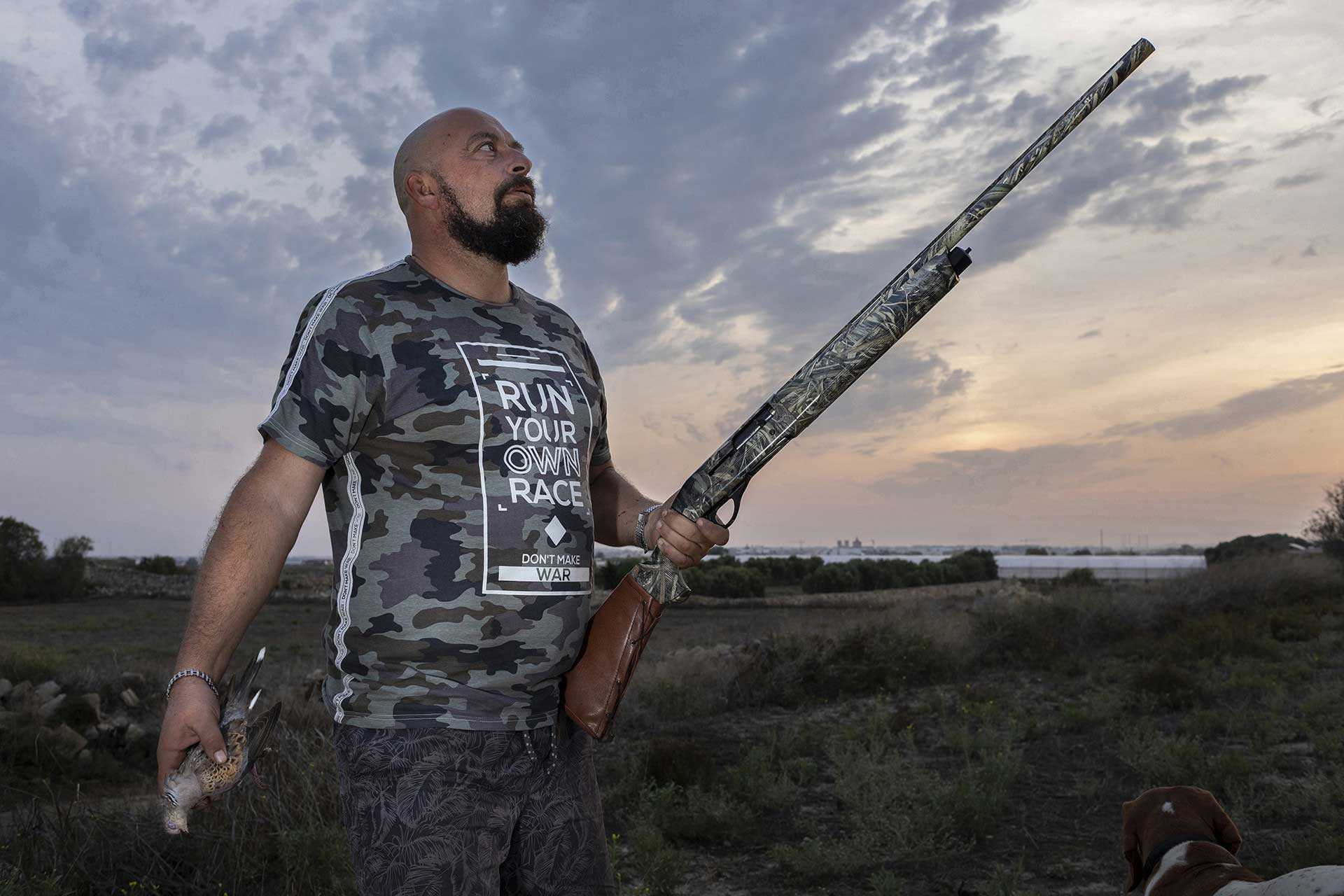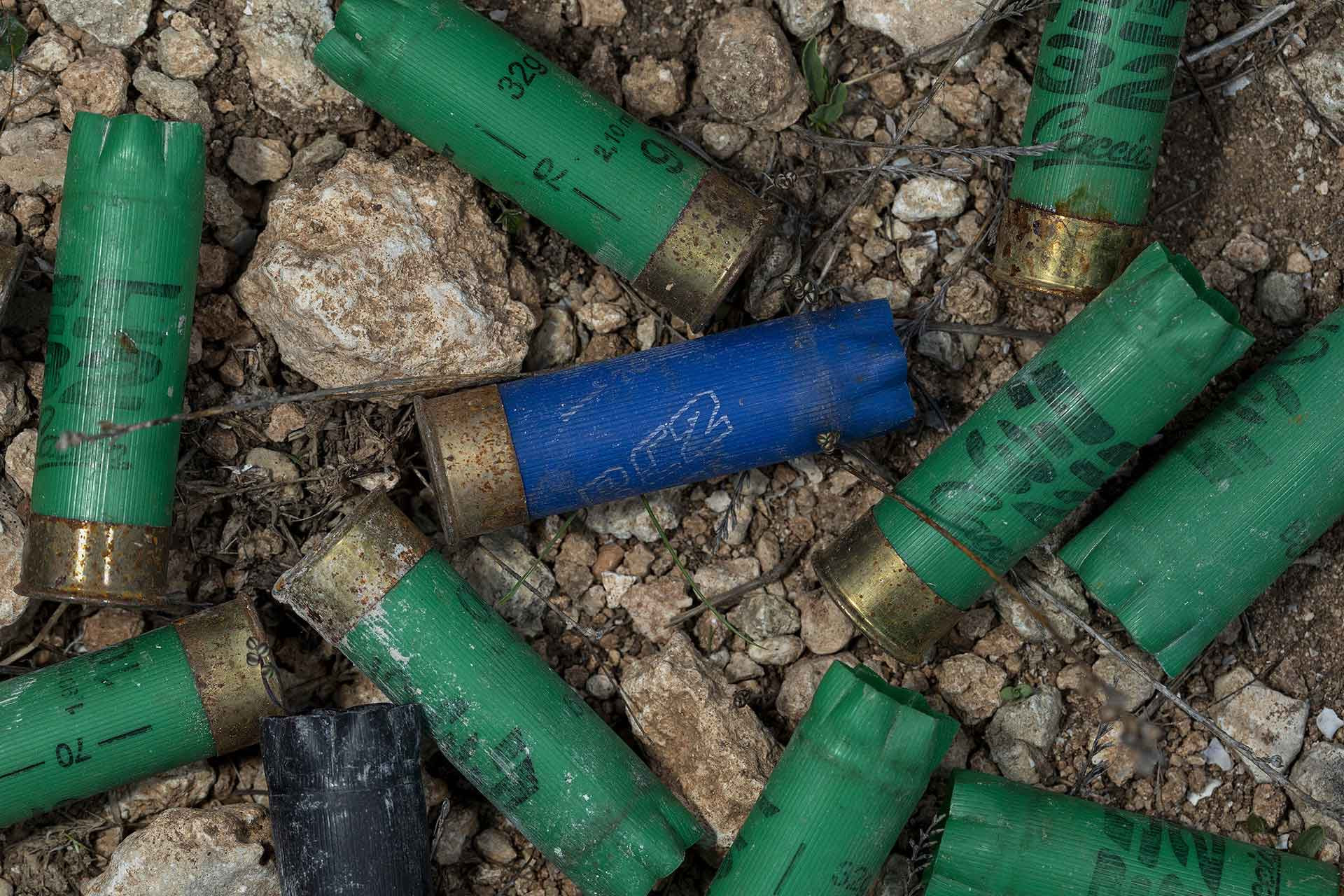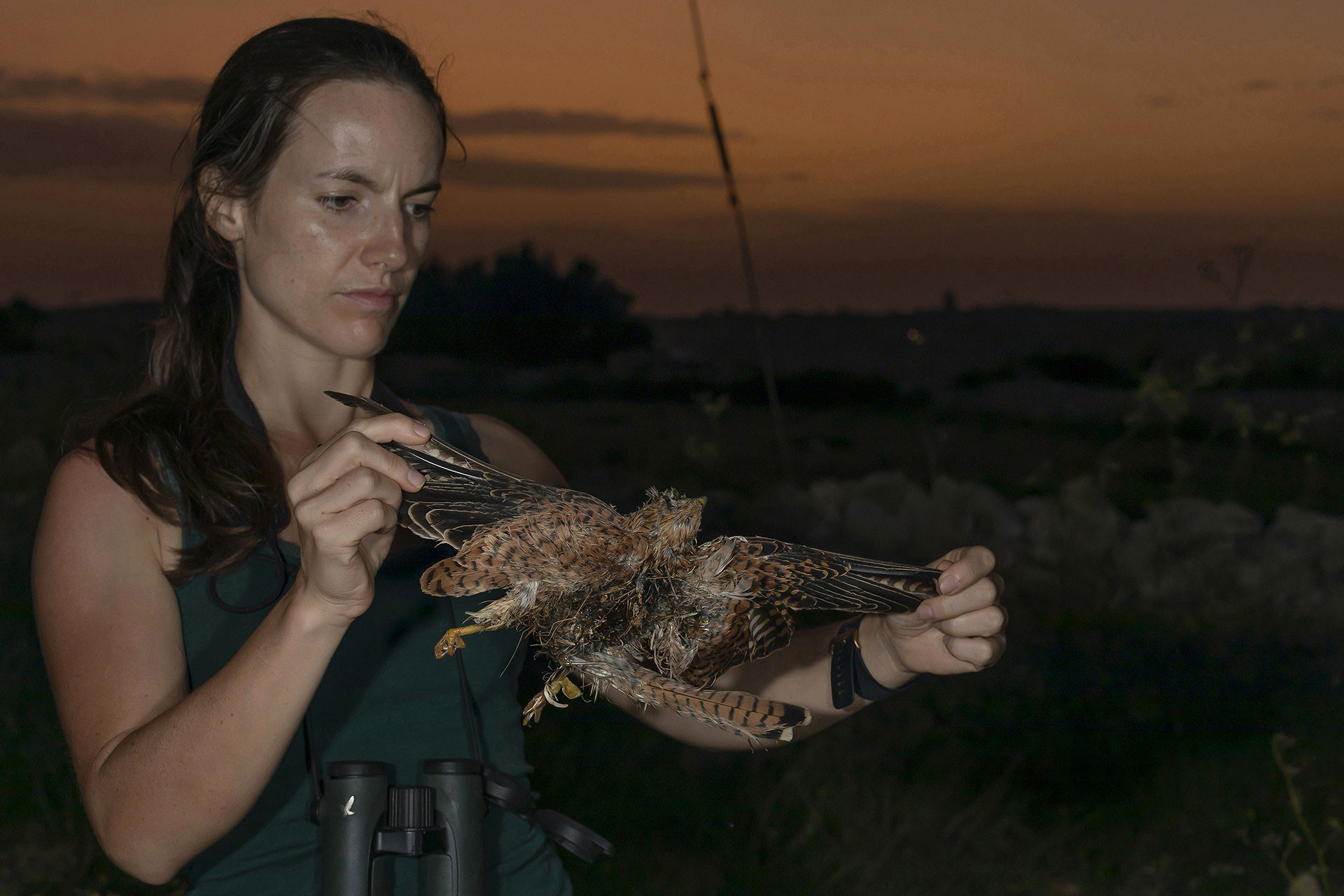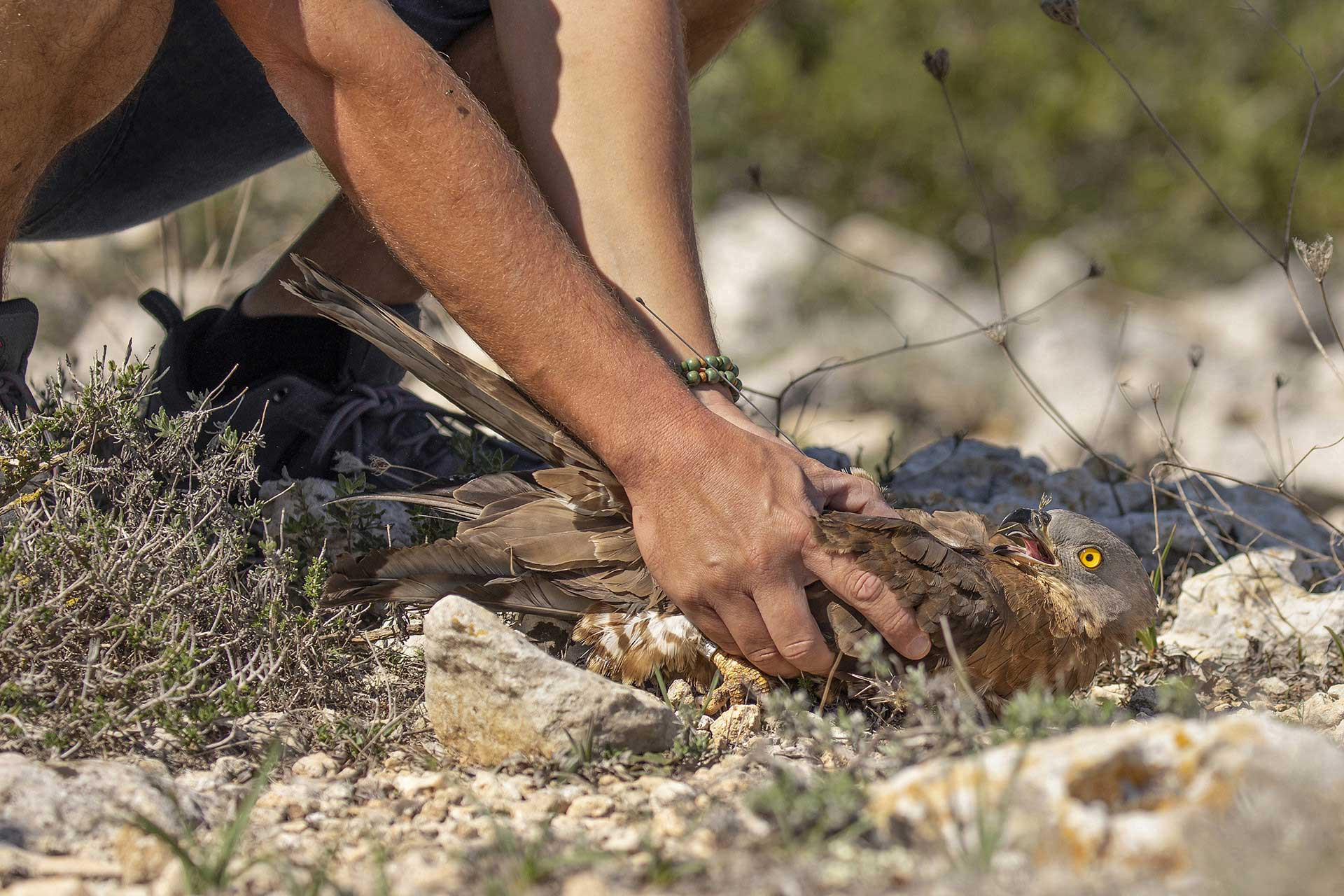In the last 30 years, there has been a 40 per cent decline in long-distance migrants using the African-Eurasian Flyway. It is estimated that 11-36 million birds are killed/captured illegally every year across the Mediterranean. Malta, which is a vital stop-over site for migrants crossing the Mediterranean, has one of the highest densities of hunters per sq. km.
The photostory highlights the necessary conservation efforts of Birdlife Malta but also showcases a traditional Maltese hunter. The aim here is to draw attention to the illegal persecution of avians and the urgent need for rules and regulations to ensure their protection. However, it is also crucial to consider law-abiding hunters who have traditionally hunted for food (not for monetary purposes) and are being tainted by illegal practitioners.









